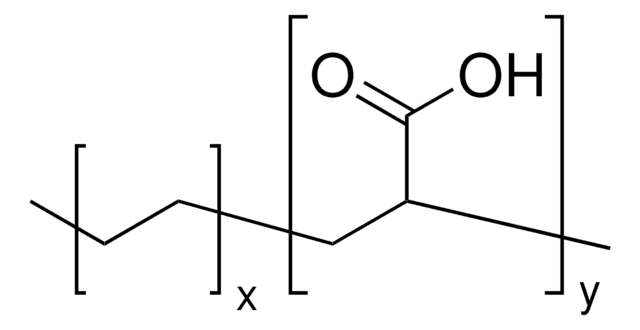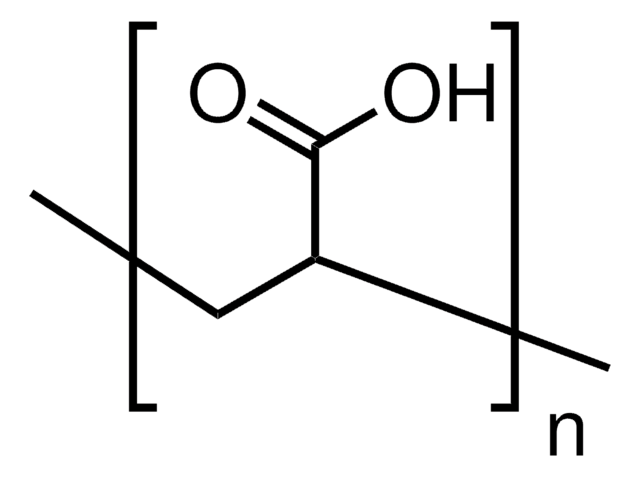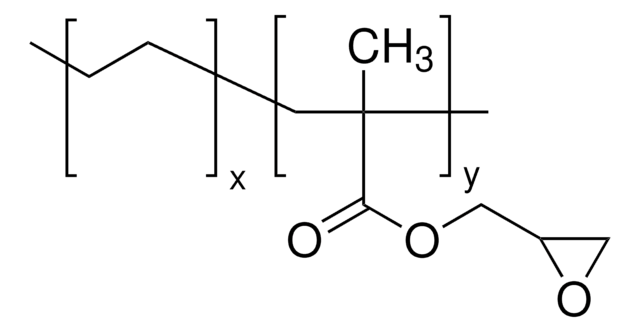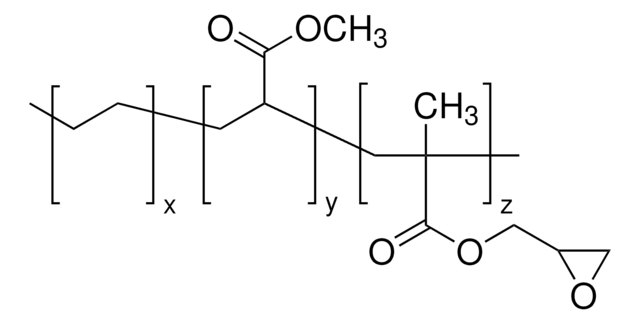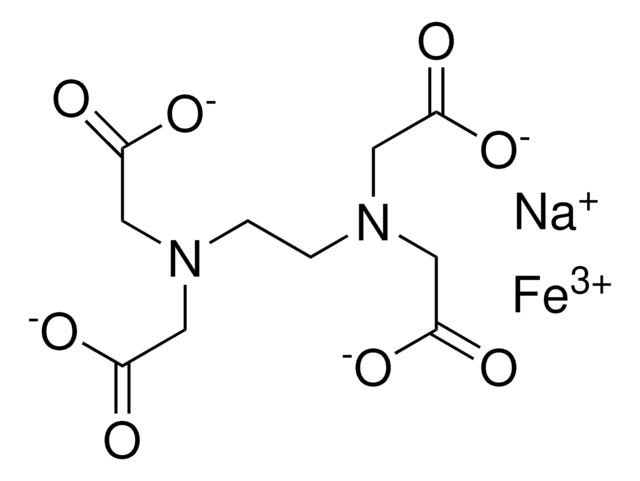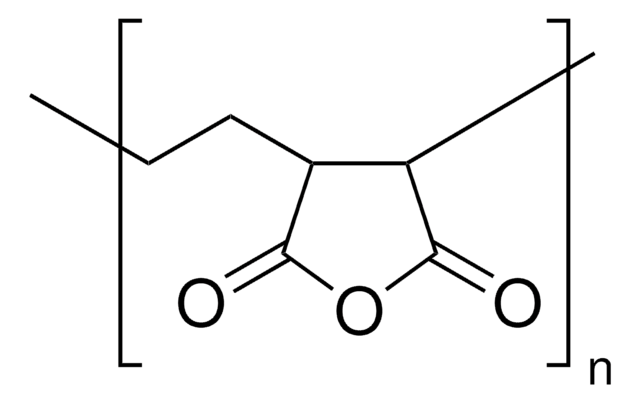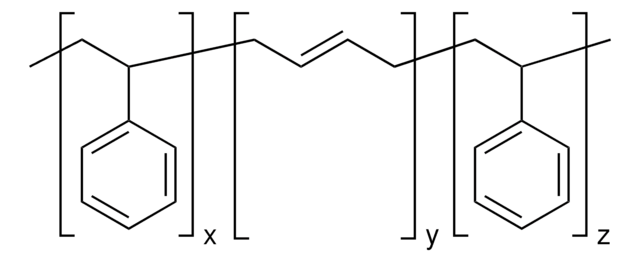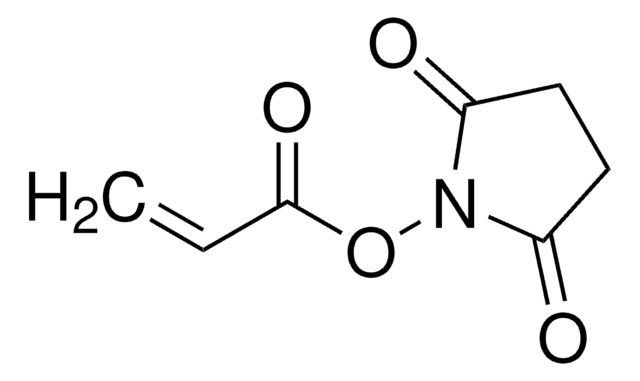448672
Poly(ethylene-co-acrylic acid)
acrylic acid 15 wt. %
Sign Into View Organizational & Contract Pricing
All Photos(2)
About This Item
Linear Formula:
(CH2CH2)x[CH2CH(CO2H)]y
CAS Number:
MDL number:
UNSPSC Code:
12162002
PubChem Substance ID:
NACRES:
NA.23
Recommended Products
composition
acrylic acid, 15 wt. %
hardness
≤15 dmm (ASTM D 5, 25 °C)
viscosity
600 cP(140 °C, Brookfield)(lit.)
acid number
112‑130 mg KOH/g
transition temp
Tm (DSC) 87 °C (at peak)
density
0.93 g/mL at 25 °C
SMILES string
C=C.OC(=O)C=C
InChI
1S/C3H4O2.C2H4/c1-2-3(4)5;1-2/h2H,1H2,(H,4,5);1-2H2
InChI key
QHZOMAXECYYXGP-UHFFFAOYSA-N
Looking for similar products? Visit Product Comparison Guide
Application
Processing and performance additive. Promotes crystallization of PET. Assists dispersion of additives in plastics.
Features and Benefits
Forms reversible ionic clusters (crosslinks). Promotes adhesion to various substrates, tougher, more chemically resistant and more transparent than parent acid copolymer.
Choose from one of the most recent versions:
Already Own This Product?
Find documentation for the products that you have recently purchased in the Document Library.
Marc David Grynbaum et al.
Journal of chromatography. A, 1156(1-2), 80-86 (2006-12-01)
The increased demand for chromatographic materials that are able to achieve a fast separation of large quantities of structure analogues is a great challenge. It is known that polymer based chromatographic materials have a higher loadability, compared to silica based
A P Martínez-Camacho et al.
Carbohydrate polymers, 91(2), 666-674 (2012-11-06)
The obtaining of chitosan extruded films was possible by using low density polyethylene (LDPE) as a matrix polymer and ethylene-acrylic acid copolymer as an adhesive, in order to ensure adhesion in the interphase of the immiscible polymers. The obtained blend
C Albano et al.
Journal of the mechanical behavior of biomedical materials, 4(3), 467-475 (2011-02-15)
In this investigation, the behavior of the mechanical properties of composites of high-density polyethylene/hydroxyapatite (HDPE/HA) with and without ethylene-acrylic acid copolymer (EAA) as possible compatibilizer, was studied. Different mathematical models were used to predict their Young's modulus, tensile strength and
Optician's occupational allergic contact dermatitis, paresthesia and paronychia caused by anaerobic acrylic sealants.
L Kanerva et al.
Contact dermatitis, 44(2), 117-119 (2001-02-24)
C C Wang et al.
Journal of biomaterials science. Polymer edition, 4(4), 357-367 (1993-01-01)
An active glucose oxidase immobilized membrane was obtained via plasma induced graft copolymerization of acrylic acid on polyethylene film. Plasma induced graft copolymerization of acrylic acid on polyethylene film has been prepared. This novel grafted polymer film for immobilizing glucose
Our team of scientists has experience in all areas of research including Life Science, Material Science, Chemical Synthesis, Chromatography, Analytical and many others.
Contact Technical Service